JCP Universe recently hosted an immersive exhibition titled ‘Parallel Lifeforms’ at the Jumbo Group Showroom at Via Hoepli, Milan. Curated by Thanos Zakopoulos and Alberto Zanchetta, the exhibition showcased the artworks of several artists and designers, all of which satisfied the theme of the event and offered an immersive experience for the spectators.
We interviewed the curators of the show, Zakopoulos and Zanchetta in an attempt to understand their inspiration and curation process.
What was the inspiration and initial idea behind the Parallel Lifeforms exhibition?
The exhibition takes inspiration from the model of the Cabinets des Curiosités centered on the theme of curiosity, discovery and wonder. At the same time the basis of the exhibition is the JCP Universe itself that is created with these concepts as its pillars. This interest for exploration is furthermore enhanced by the duality between art and design with the search of meaning at its center. Situations that make us ponder upon the world we live in (and that we will leave behind) through a series of cognitive dialogues between ‘objects’ of contemplation and desire.
How do the works of the artists and designers showcased in the exhibition realise the theme of the event?
It is known that parallels cannot cross but the distance between them can be very small up to the point that they seem like they are almost touching. In such a case our eyes can perceive them as a single line. The works chosen for the Parallel Lifeforms exhibition achieve this unity of perception through their formal similarities but also as a result of a dialogue that is based on akin concepts. The knowledge of worlds beyond the one we immediately perceive and even the possibility of parallel universes influences both the world of art as that of design, making the distinction between them more and more blurred. In order to establish such a correspondence the exhibition creates a ‘con-fusion’ that each spectator is invited to decipher.
How is the exhibition relevant in present times?
We live in an era where humanity produces a multitude of ‘objects’ both physical and virtual. In a sea of endless expressions we seldom have the chance to realise how everything is connected and furthermore how things acquire meaning, not due to their labels but simply because of the characteristics that we attribute to them. Nowadays we realise more and more that it is not necessary to categorise things but we should instead study them with a curious eye simply for what they are and what they could mean for ourselves.
Any exclusive information you’d like to share about the exhibit.
When objects become vehicles of wonder and an exhibition a means to a realisation, it remains to ponder on whether such a collection can be just elegant or instead a possible parallel truth.






 Sign in with email
Sign in with email





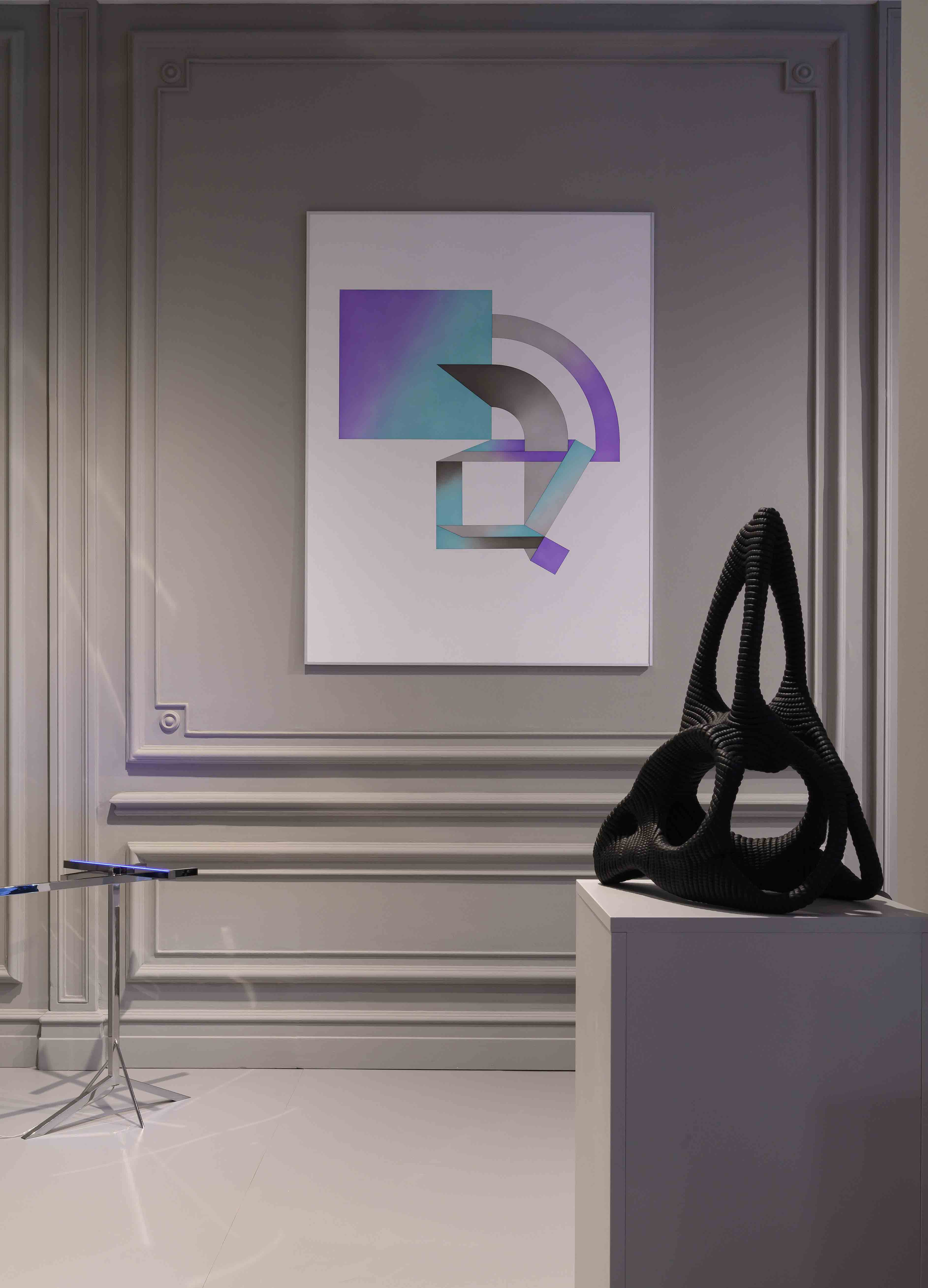
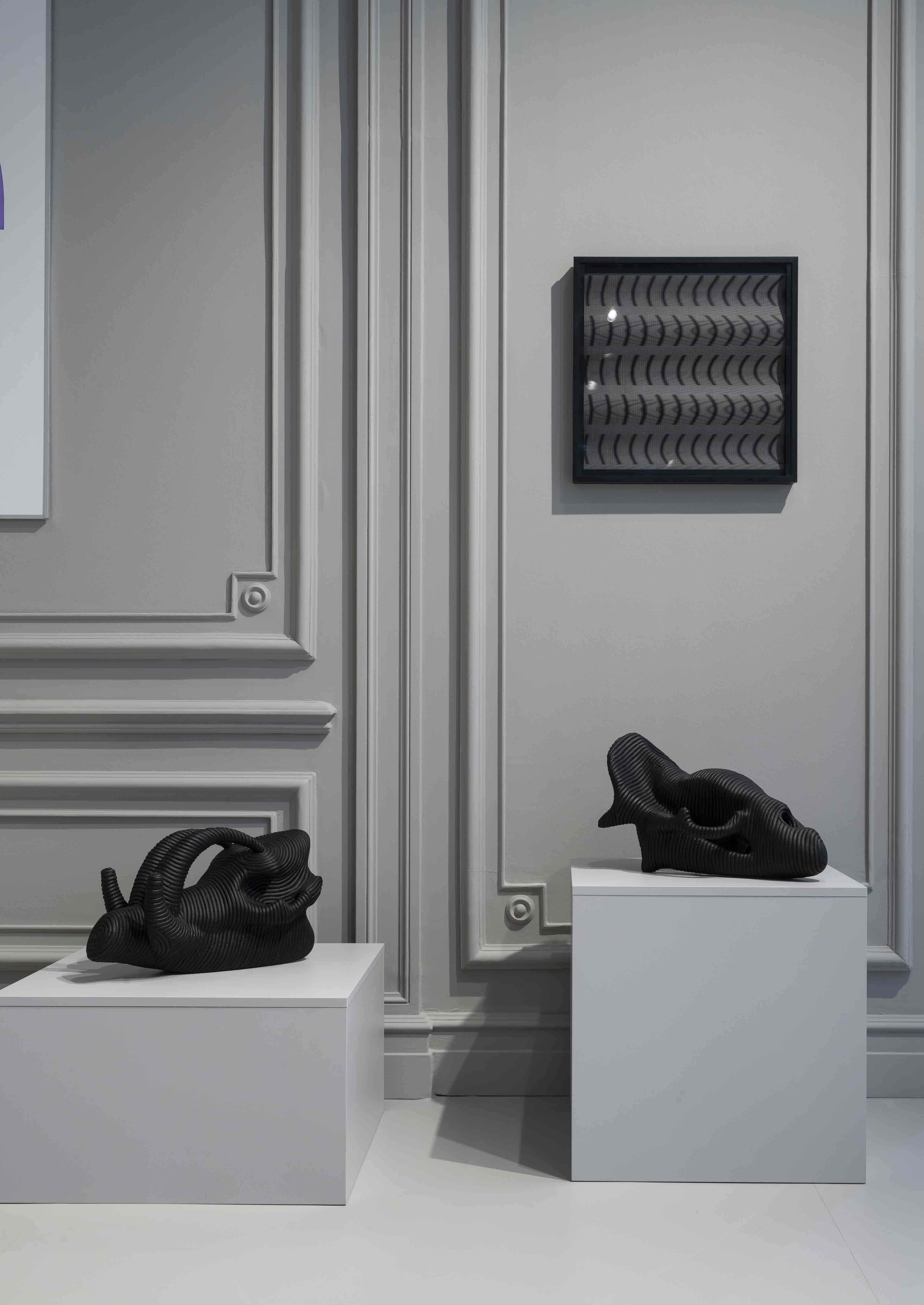
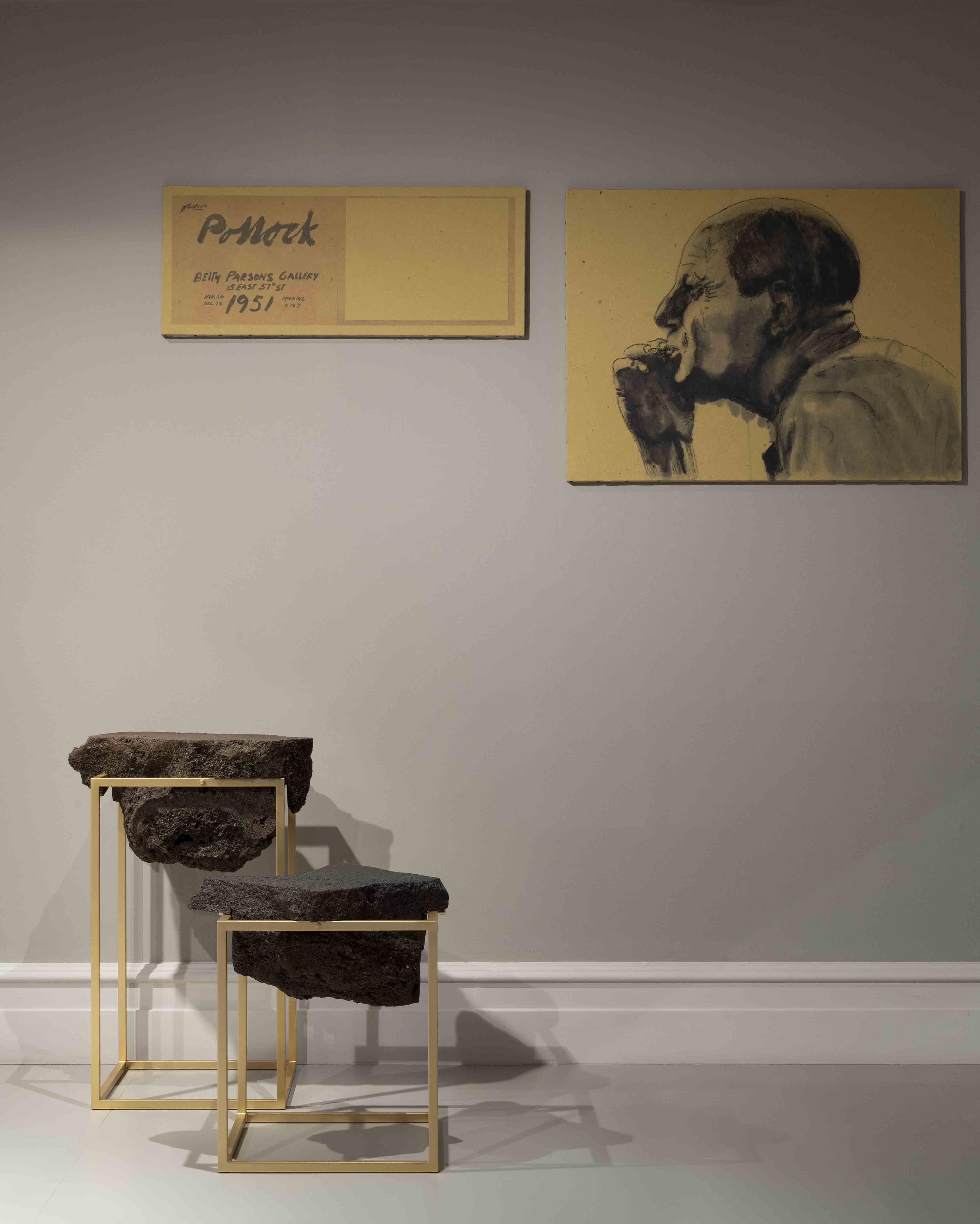
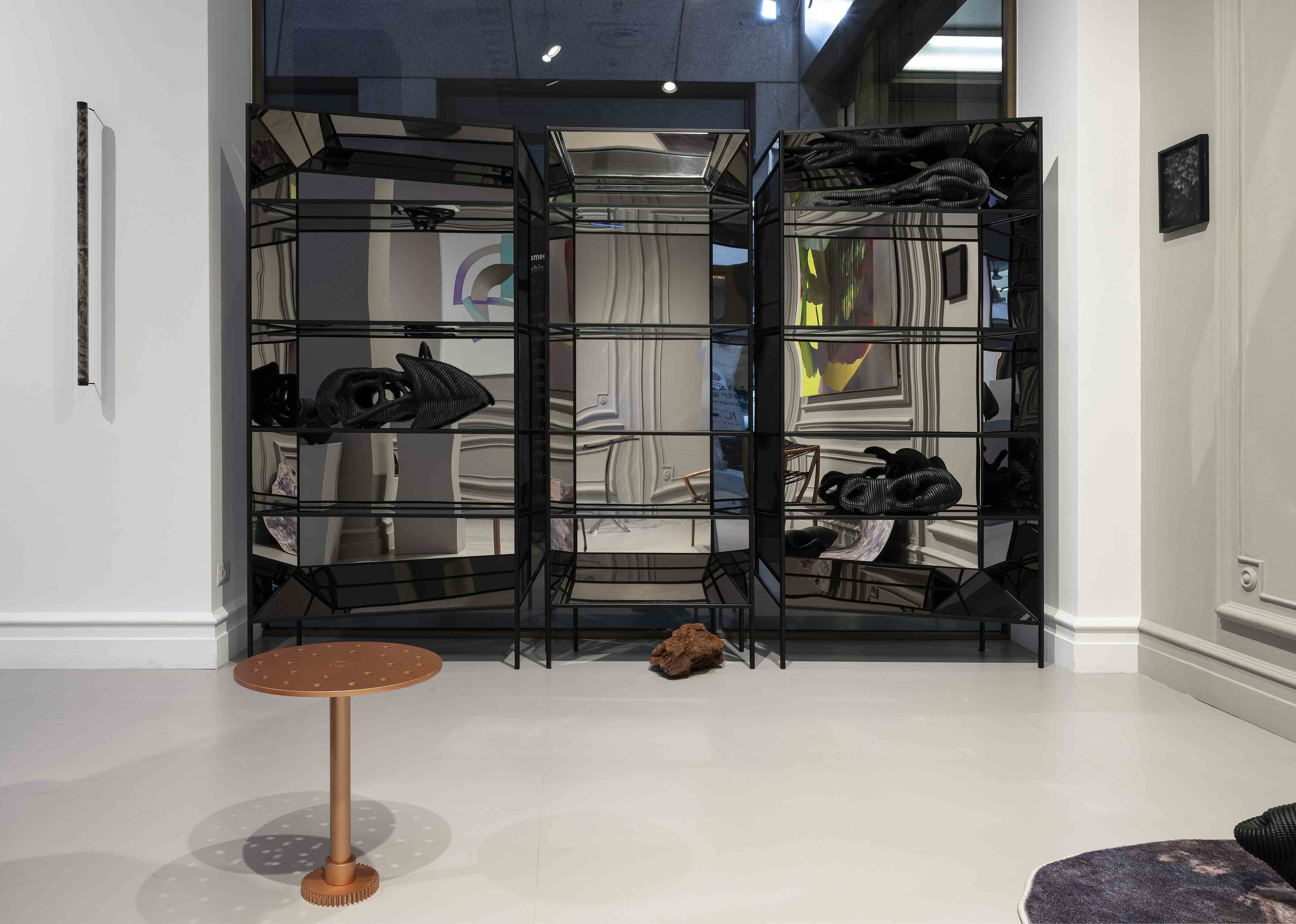
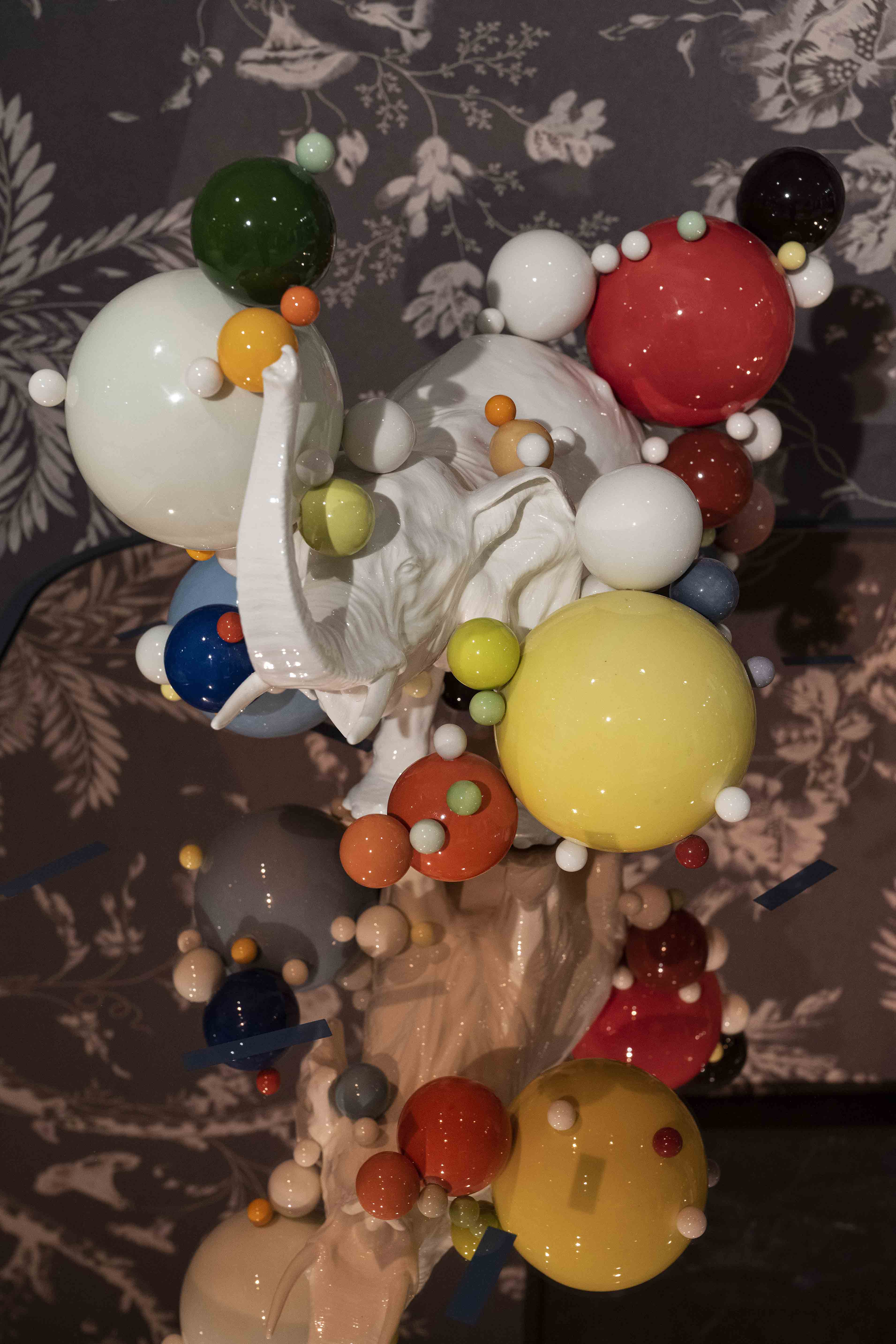






What do you think?